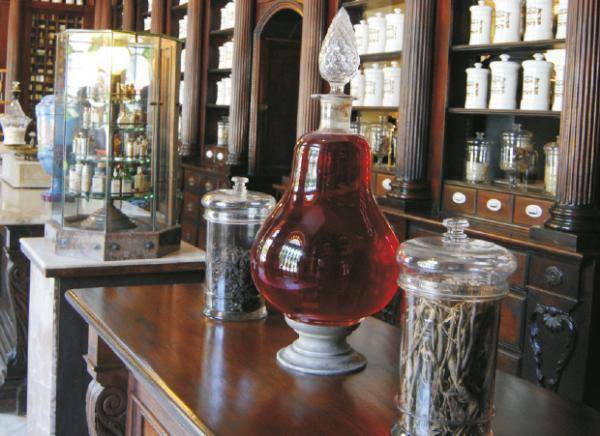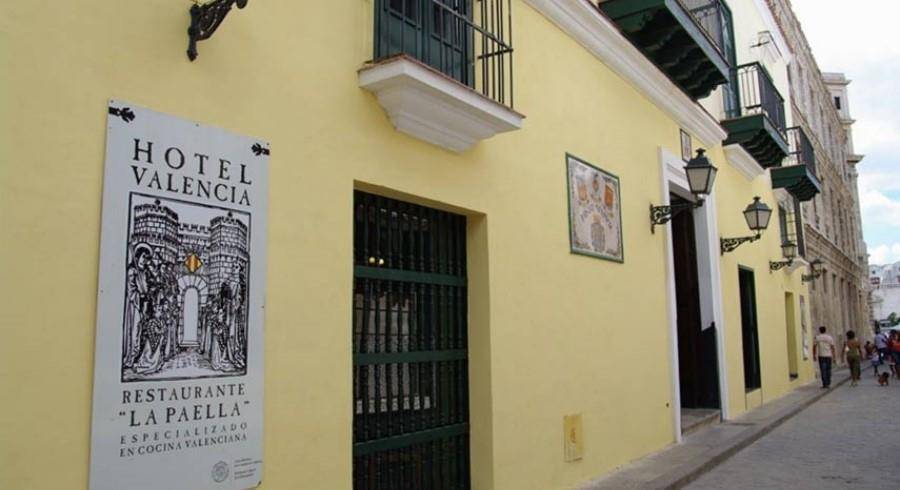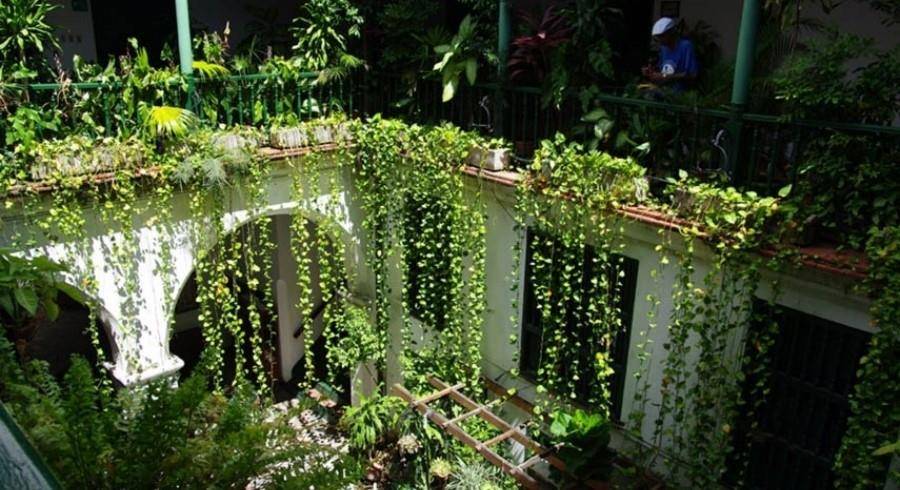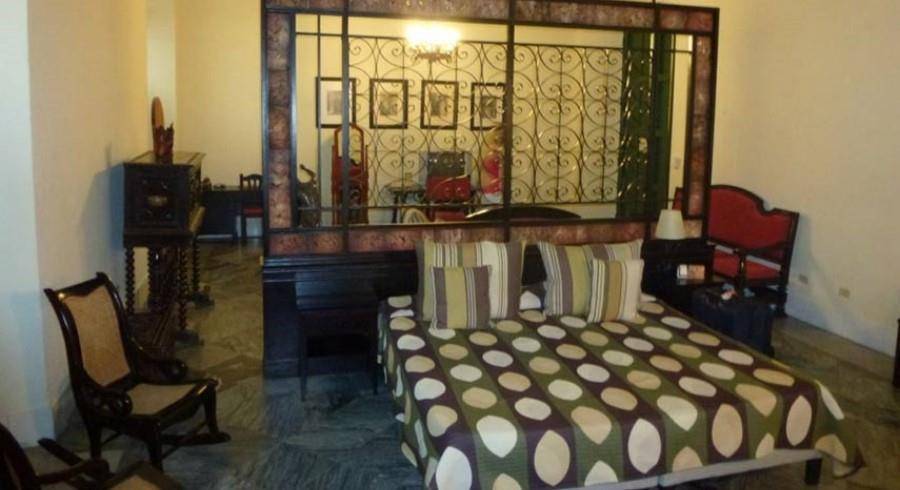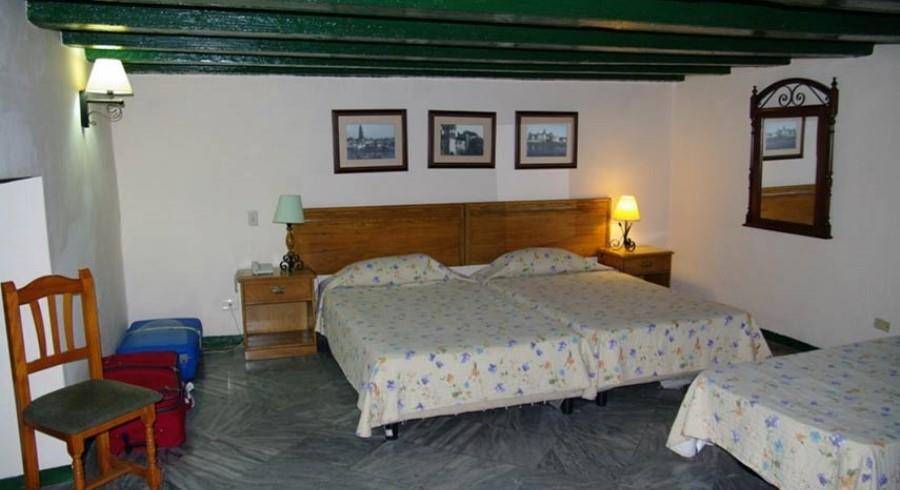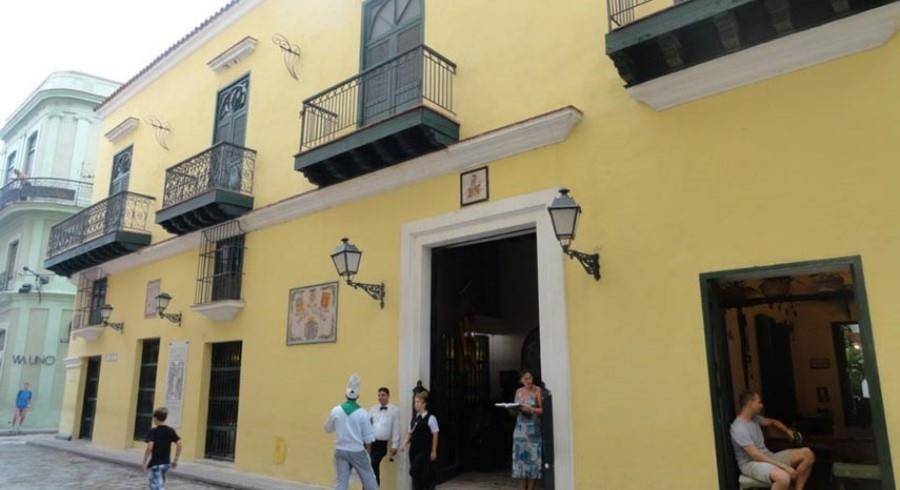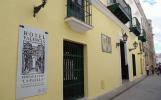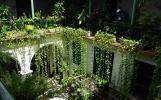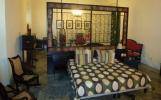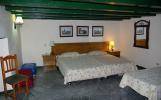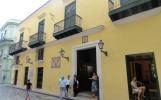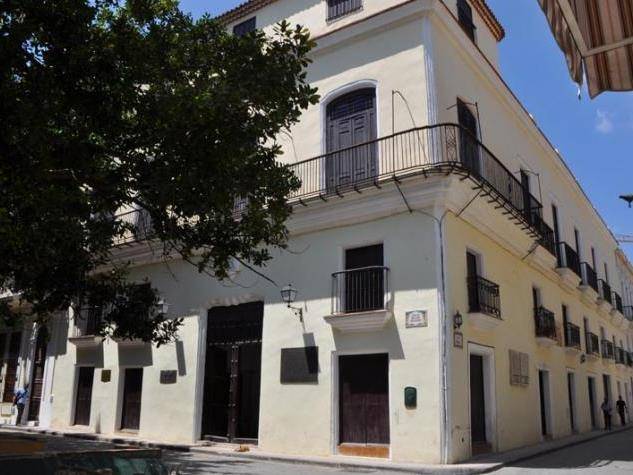About
Hostal Valencia
The Hostal Valencia was the first Old Havana mansion to be converted by the Office of the City Historian into an hotel. Originally constructed for Alderman Sotolongo, a member of Havana’s Town Council, a large part of the building had actually collapsed by the time it reached the head of the queue for restoration – the remainder was braced against surrounding edifices with a complicated structure of wooden scaffolding.
Once this had been removed and the ruins consolidated, the collapsed section was rebuilt and balcony railings in this area have been left plain to indicate to architectural historians which part is restoration and which recreation. The Hostal Valencia is modest in style compared to establishments such as the Santa Isabel and the Saratoga, but its charm and very acceptable prices ensure an almost constant waiting list for bookings.
Entering the Valencia, one passes through impressive colonial portals to a large hall which in spite of having been built at the end of the eighteenth century has a distinctly seventeenth century atmosphere; this is carried on throughout the general layout of the house and such details as the terracotta-tiled staircase, enormous mahogany beams and cobbled courtyard which is framed by bright green ferns and long strands of malanga vine trailing down from the upper floors.
The establishment’s two bars continue the general impression of antiquity with low ceilings and dim lighting so that one fully expects a pirate to come lurching out of the gloom clutching a half-drunk bottle of rum and muttering about dead men’s chests.
The people who work at the Valencia are especially kind and helpful and greet clients like old friends, which they generally are as many people return to the hotel again and again. The restaurant on the corner is renowned for its huge iron pans of prizewinning paella and the coffee from the courtyard bar is sublime.
